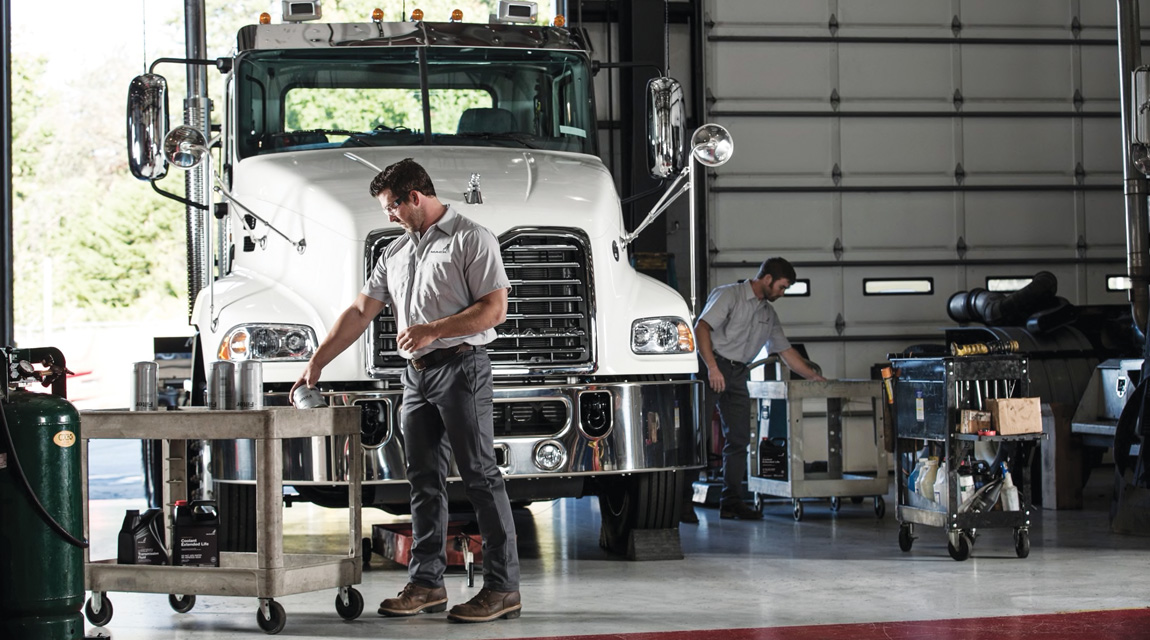Part replacement pitfalls to avoid

Eventually, every vehicle needs at least one part replaced, which can easily become a time-consuming, expensive activity. FOCUS lists a few considerations to make the process easier.
Some fleet owners might be lucky enough to avoid replacing parts by regularly purchasing new vehicles. However, many transport operators keep their vehicles for over a decade, which comes with its own challenges, including replacing expensive, but important, parts of the vehicle. Here are a few things transport operators should keep in mind when replacing parts.
Availability of parts
Before a vehicle is purchased, or a big repair is scheduled, the transport operator should ensure that the vehicle parts are readily available. Even if it is necessary to wait for a particular part, it is best for the owner to be aware of this in order to schedule the necessary downtime. The sooner the parts can be delivered, the better – especially in emergency repair situations.
Availability of parts is particularly important for cross-border transport companies. Before entering a country, it is important to know whether there is a part supplier that would be able to provide the necessary parts in due time if the vehicle should break down.
Quality of parts
This might seem obvious as it is one of the first rules of purchasing parts, but a transport operator might be inclined to believe that the most expensive part is good quality, or to trust a specific parts supplier. Wherever possible, parts should be inspected before being fitted to the vehicle. If there are any oddities, the parts supplier should be informed.
Seek out reputable companies that perform regular quality testing and can provide a warranty. A warranty is a good indication that a parts supplier has confidence in a product and assures the operator that the part can be replaced free of charge if damaged during the warranty period.
Price is not always king
Just as the most expensive price doesn’t guarantee quality, the most inexpensive price is not always ideal. Purchasing a sub-par product could lead to more frequent breakdowns.
Andre Gouws, chief financial officer at Transportation Components, says: “When buying the cheapest component possible, fleet owners need to be aware that they could be sacrificing quality for price. This not only results in a shorter product lifespan, but also a reduced interval between repairs and costly downtime.”
Inferior parts are also a risk factor for the driver as they could lead to an accident. Gouws adds that some parts suppliers use the original equipment manufacturer’s products as a mould for their own parts resulting in an inferior product that might look the same as the original.
Know your parts
While this might seem like a silly mistake, it is essential to know the model of the part and adequate alternatives to ensure that the correct parts are purchased and fitted to the vehicle. Be sure to order the same model where possible and to contact the manufacturer when uncertain.
Published by
Focus on Transport
focusmagsa




